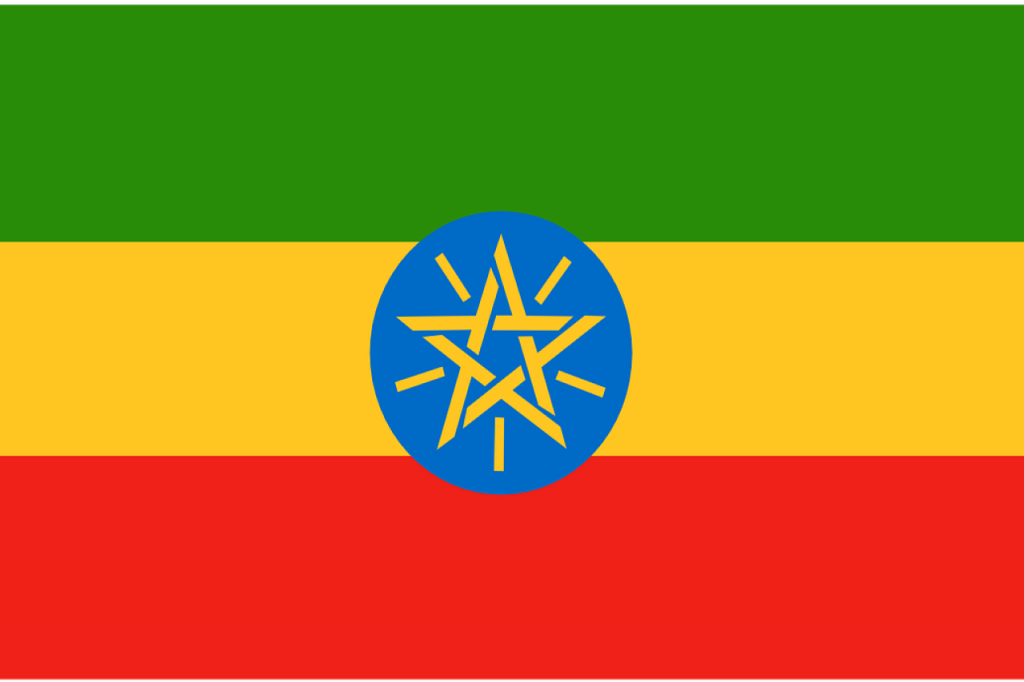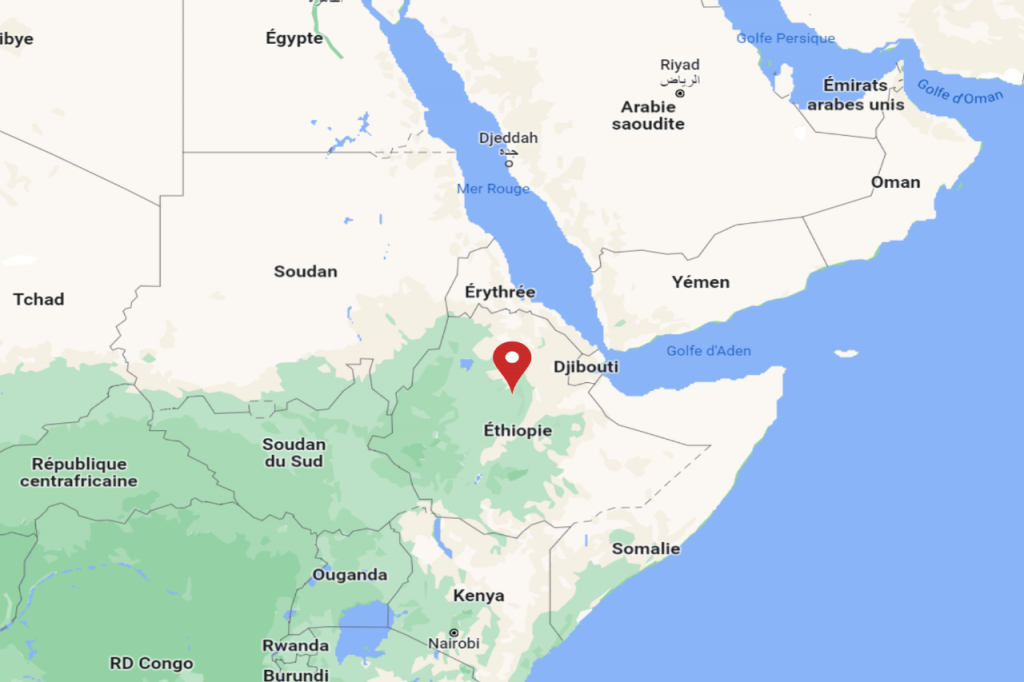Exploration in solidarity lands
(2018)
Ethiopia, located in the Horn of Africa, is the second most populous country on the continent, with a population of 100 million, but remains one of the poorest countries in the world. It ranks 174th (out of 188) on the 2016 UN Human Development Index and about 34% of the population lives in extreme poverty (less than 1.90 USD per day).
Nevertheless, Ethiopia has made great development progress and has a strong economic growth. Since 2000, the poverty rate has decreased by one third. However, the country remains highly vulnerable to climatic hazards (especially drought) and political instability (ethnic conflicts) and major challenges persist. Food security is a serious problem as 80% of Ethiopians rely on subsistence farming for their food. Human rights, especially for women and girls, are poorly respected. Indeed, Ethiopia has one of the lowest gender equality performance indicators in the world.
Ethiopia’s tourism potential is unique and immense (landscapes, history, culture, ethnicities) but this economic sector is slow to develop, even though the government has been supporting it a lot since 2018. In 2020, tourism generated revenues representing 2.1% of the GDP but the political, health and economic crises are important constraints to its growth.


Subscribe to the travel newsletter from our collaborative booking platform Vaolo to find out what’s new, follow our explorers and receive tips for more conscious travel.
The use of the masculine gender has been adopted for ease of reading and has no discriminatory intent.
© 2026 All rights reserved. Village Monde.
By continuing to use the site, you agree to our privacy and cookie policy
I accept